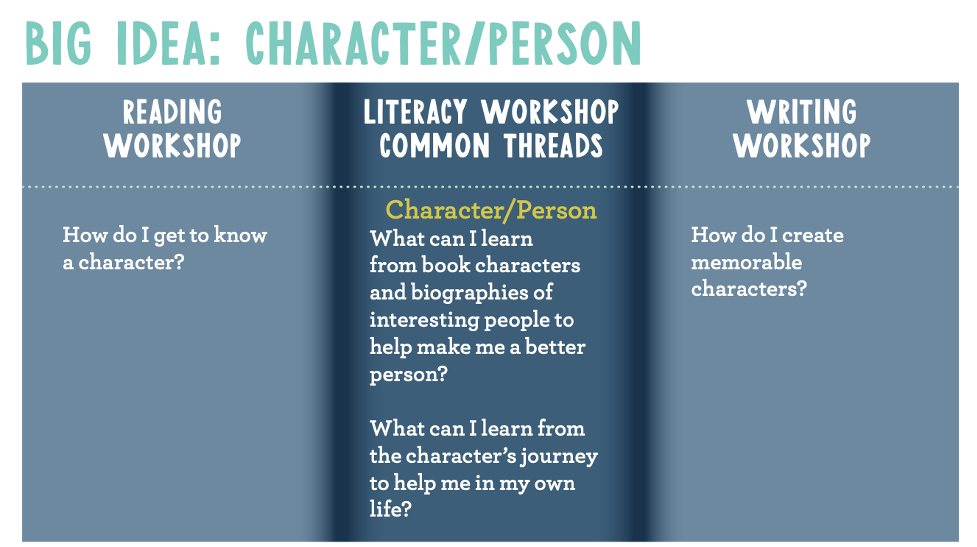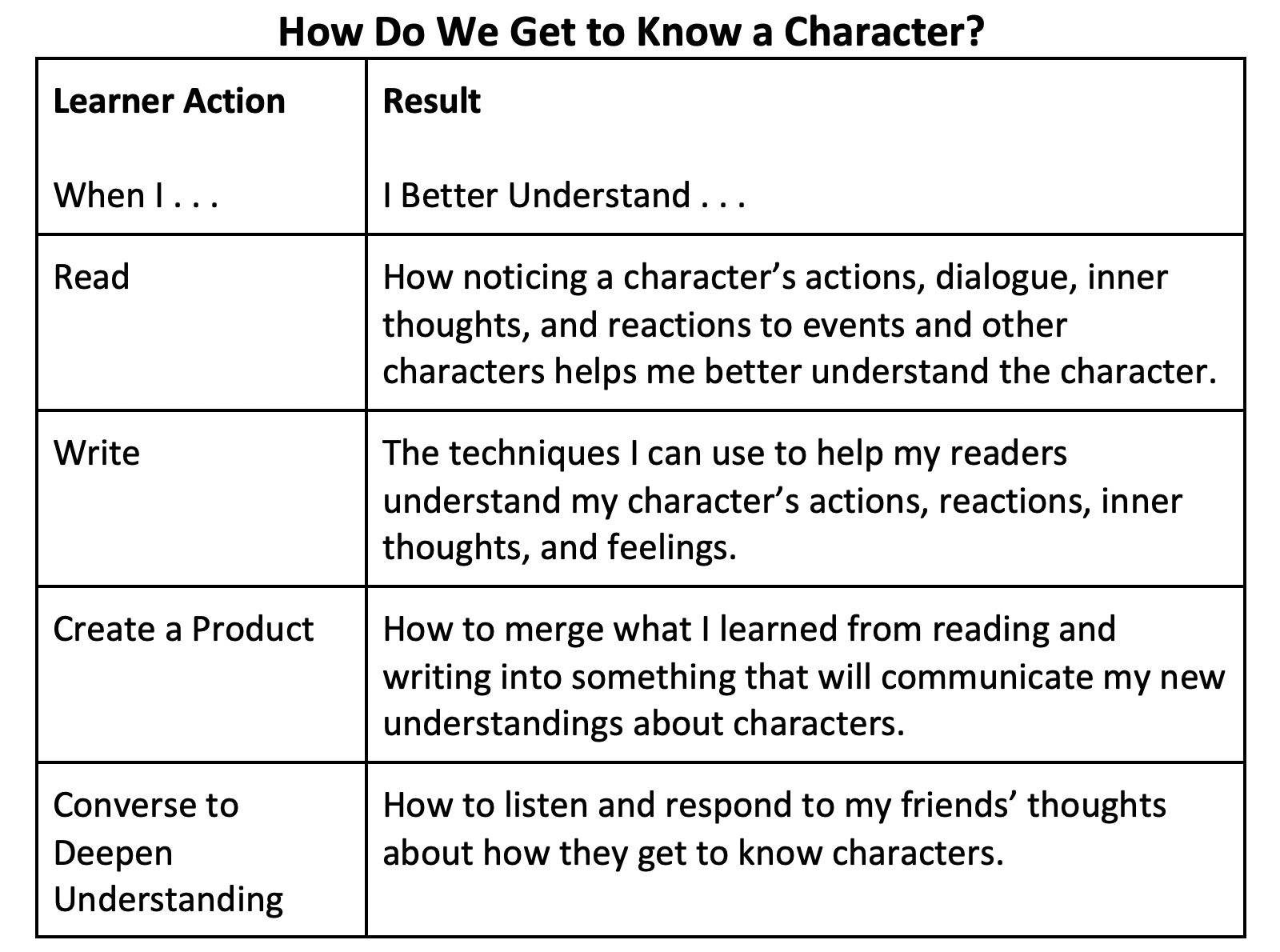Center Your Students with Literacy Workshop
By Maria Walther and Karen Biggs-Tucker

Marie
“I drew a chicken here because farming is a big part of my life,” says Violet as she points to her identity web (Ahmed, 2018). Karen, her 5th grade teacher, tucks that tidbit about Violet away along with other insights she’s learning as her students reveal details about themselves.

Karen
Karen knows that she can build on each learner’s background and interests to spark their creativity and curiosity.
As teachers turn our focus toward a new school year, we reflect on the lessons learned from pandemic teaching and strive to find innovative ways to streamline literacy instruction while offering students opportunities to follow individualized learning paths.
An avenue we’ve found to meet both of these goals is to create times during the year for learners to take part in an integrated literacy workshop – a learning event where students apply literacy habits and behaviors while engaged in the reciprocal processes of reading and writing (Walther & Biggs-Tucker, 2020).
If you’re wondering how you and your students might begin dabbling with a literacy workshop approach, we’ll share actionable ideas to start your journey by celebrating individuality, encouraging creativity, and sparking curiosity.
Celebrate Individuality
A literacy workshop model honors students’ individual learning preferences and celebrates the various ways people acquire knowledge. As Karen and her 5th graders are learning about each other and their classroom, she supports them in setting personalized reading and writing goals.
To do this in your classroom, try reading aloud Deborah Marcero’s In a Jar (2020) or Memory Jars by Vera Brosgol (2021), both picture books about the impact memorable events have on our lives.
During the read-aloud conversation, discuss experiences your students have had that might drive their learning. Extend the read-aloud experience by inviting learners to fill a jar (real, virtual, or paper) with treasured ideas or memories.
While conferring with learners, use the ideas in the jar as a jumping off point for discussing goals by asking the following questions:
- Are there any ideas or memories in your jar that you might like to read or learn more about?
- Do any of your thoughts or memories stand out or spark ideas for writing?
Inviting middle grades learners to set reading and writing goals actively engages them in the assessment process. As we see some schools shift to online tools for evaluating literacy learners, students are often left out of the conversation about the ways in which they might challenge themselves to hone their reading and writing skills.
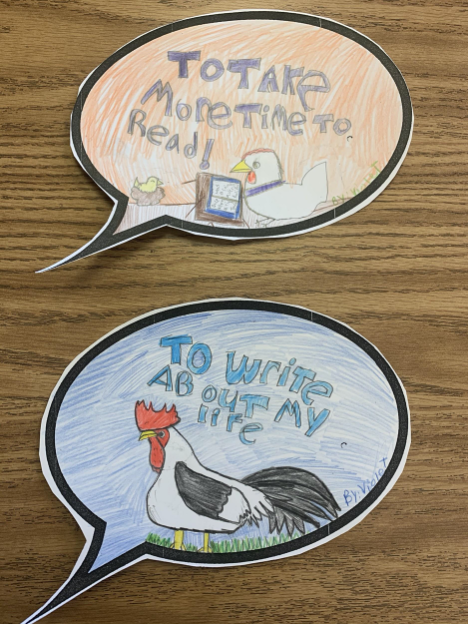
If your students need a little extra support in thinking through the goal-setting process, use or modify this goal setting printable.
Karen has taken time to get to know Violet as an individual and a learner. This knowledge lays the groundwork for the learning they will do together in the weeks and months ahead. With individual goals in mind and big ideas anchoring the learning, students explore how their separate reading and writing goals can come together in creative ways.
Encourage Creativity
We believe that creativity stems from choice. Choice in reading materials, choice in writing topics. Broadening the choices you offer students in the ways they acquire and share their learning honors their individuality and increases engagement.
What does creativity look like in a literacy workshop classroom? It starts with an intentional focus on integrated big ideas. In other words, those places where your standards or curriculum overlap.
Let’s say your unit of study or curriculum is focused on better understanding characters. You could choose to study character development during your separate reading and writing workshops or you could take the opportunity to merge the two together into a literacy workshop (see below).
You might begin by reading aloud the picture book Catch That Chicken (Atinuke, 2020), one of Violet’s favorites, to demonstrate the strategies you, as a reader, use to get to know the chicken-catching main character, Lami. Then offer students the opportunity to choose from a menu of learner actions to creatively explore characters.
One of Violet’s goals was to “take more time to read,” so she chose to read fiction books like Moo (Creech, 2016) and, with Karen’s support, considered the role that characters play in how stories develop. Because Karen is skilled at matching books to her students’ interests, she put books in Violet’s hands that connected to her passion for farm life and animals.
Karen also nudged her to read books where characters connected not only to animals, but also to each other. This intentional teaching move helped Violet better understand relationships between characters which led her to look for ways that she could extend her relationships with the peers in her building.
While Violet was reading, other students were writing narratives, creating products like character webs, or discussing what they learned about the father and daughter in Matthew A. Cherry’s short film Hair Love. As a result, each learner was deepening their understanding of character in the way that made the most sense to them (see chart below.)
You might be wondering, “How do you support students in selecting learner actions and keep track of everything they are doing?” One way to do this is by having students record their goals and learner actions on a planning sheet like this one. You’ll notice this planning sheet has a quick SEL check-in at the beginning, offering you another way to connect with and get to know the individuals in your care.
You’ve seen how a literacy workshop approach encourages individuality and promotes creative learning options. Remember Violet’s farming background? We’ll wrap up by showing you how her family experiences sparked her curiosity and drove the research and writing she chose to do during the literacy workshop.
Spark Curiosity
We believe that reading and writing are opportunities for curiosity to grow. When you combine your reading and writing workshops into a literacy workshop, you create longer stretches of time for students to explore their interests.
During this time Violet merged her passion for farm animals (especially chickens), the knowledge gained from reading fiction and nonfiction books, and the wonderings that she had about this topic. The result was an informational book entitled The Chicken Coop (see below) designed to read to the younger students in the building. Along the way, she built relationships with these young learners.
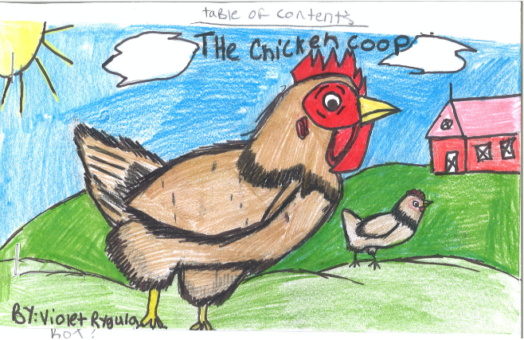
To get students started on a passion project like Violet’s, think through the logistics as you collaborate to answer the following questions:
- What has sparked your curiosity? What are your questions about this topic/idea?
- Where can you find resources to learn the answers to your questions?
- How might you collect and organize the information you’re gathering?
- Can you create a product to share your learning with others?
- How might you share your learning process with others?
The literacy workshop approach creates a space where students’ individuality, creativity, and curiosity can converge. During literacy workshop, Violet blurred the lines among her interests, her reading, her writing, and her wonderings to follow a line of inquiry. As the ownership of learning shifted from teacher-guided to student-driven, Violet took it a step further by taking on the role of a mentor.
As you celebrate and reflect on the many ways students have learned this year and consider innovative avenues to offer them moving forward, we’d love to hear your thoughts and questions about the literacy workshop approach!
References
Ahmed, S. (2018). Being the change: Lessons and strategies to teach social comprehension. Portsmouth, NH: Heinemann.
Walther, M. & Biggs-Tucker, K. (2020). The literacy workshop: Where reading and writing converge. Portsmouth, NH: Stenhouse.
Children’s Literature Mentioned:
Atinuke. (2020). Catch that chicken. Somerville, MA: Candlewick.
Brosgol, V. (2021). Memory jars. New York, NY: Roaring Brook.
Creech, S. (2016). Moo: A Novel. New York, NY: HarperCollins.
Marcero, D. (2020). In a jar. New York, NY: Putnam.
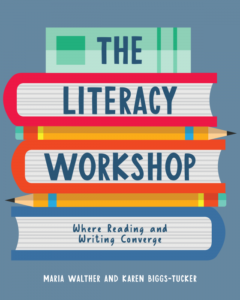
Karen Biggs-Tucker is a fifth grade teacher in St. Charles, IL where she has taught for 35 years. When she is not teaching her middle grade students, she works in the College of Education at Judson University where she teaches courses in children’s literature and literacy instruction to masters and doctoral candidates. She has recently finished her second professional book with Maria Walther, The Literacy Workshop: Where Reading and Writing Converge (Stenhouse, 2020). Karen believes in lifelong learning through reading, writing, researching, and then sharing that learning with others…just like her own students do in literacy workshop.

